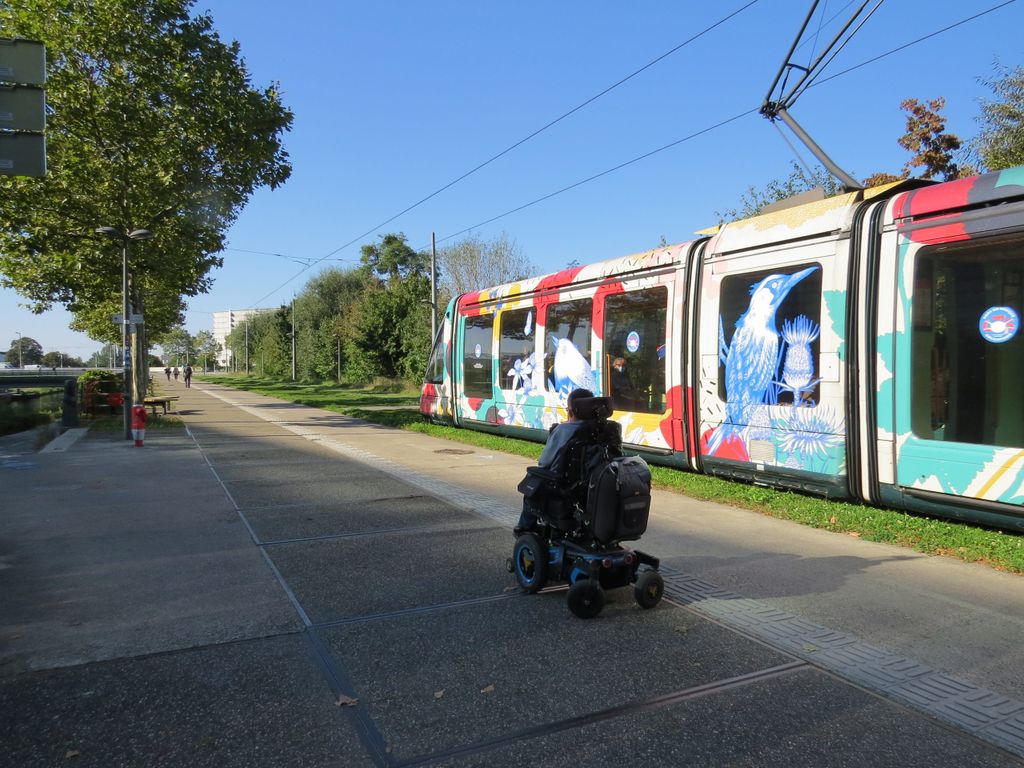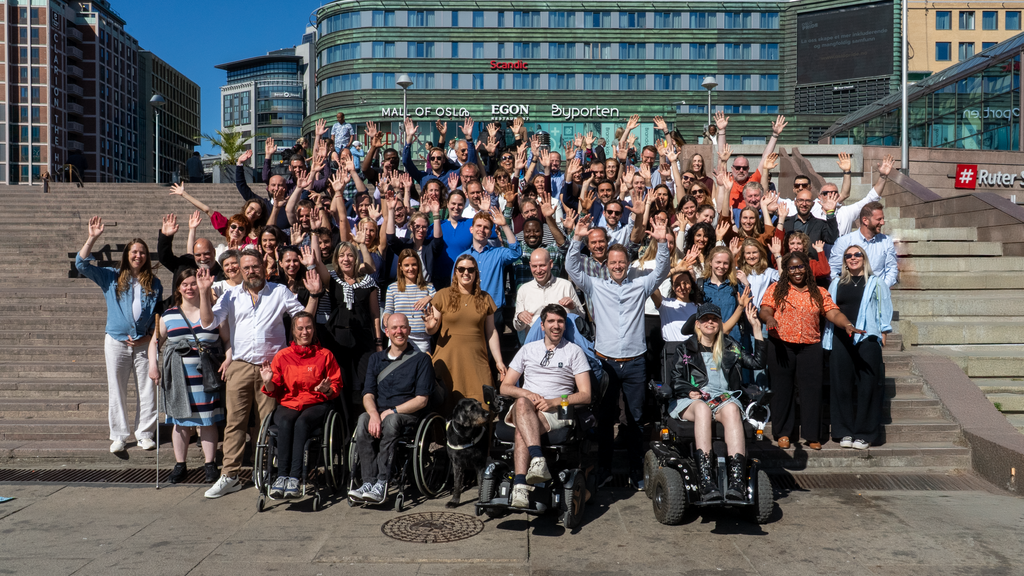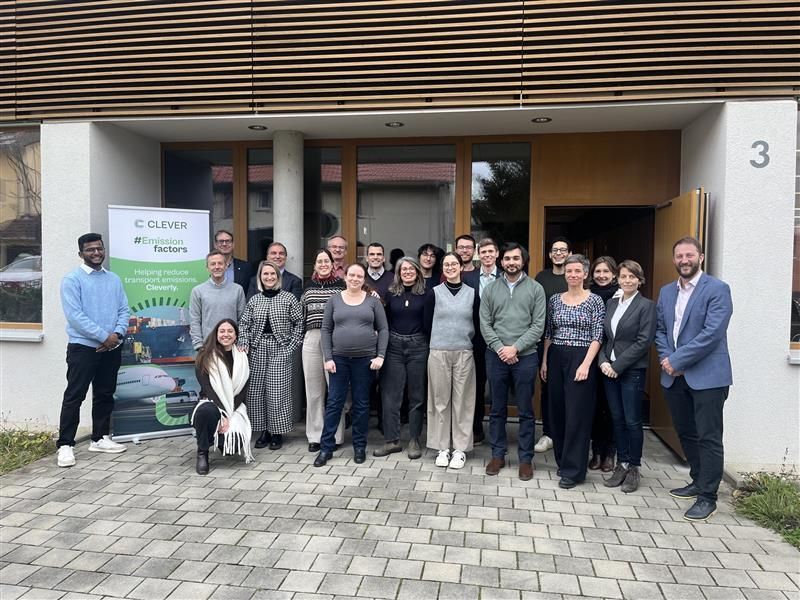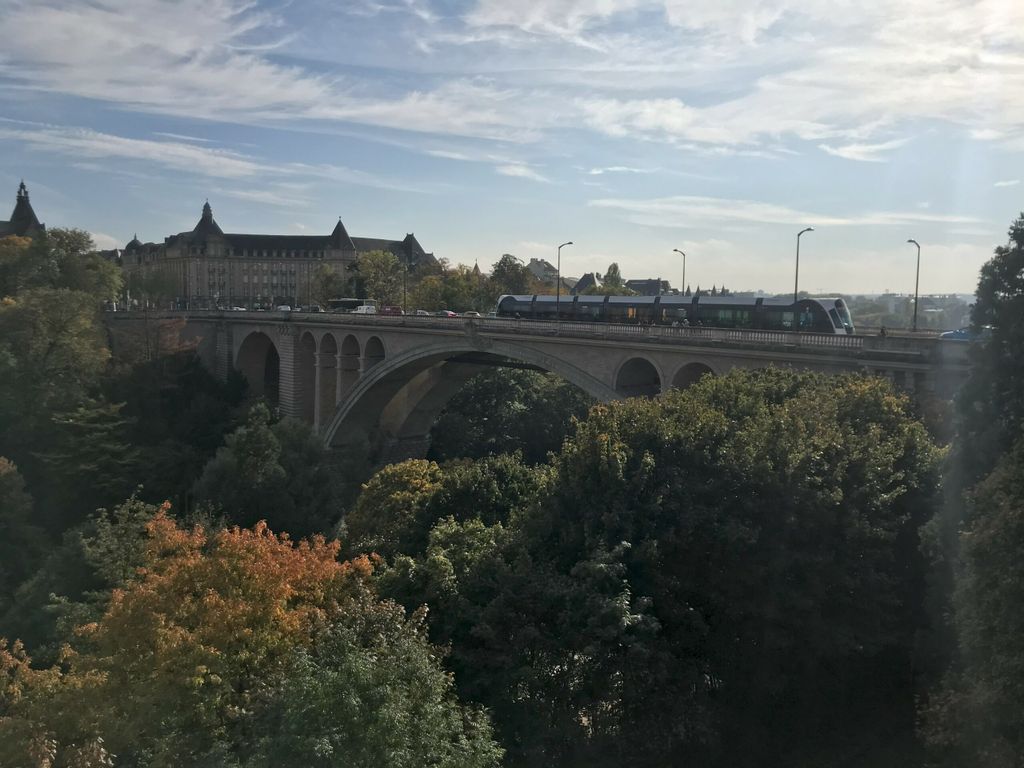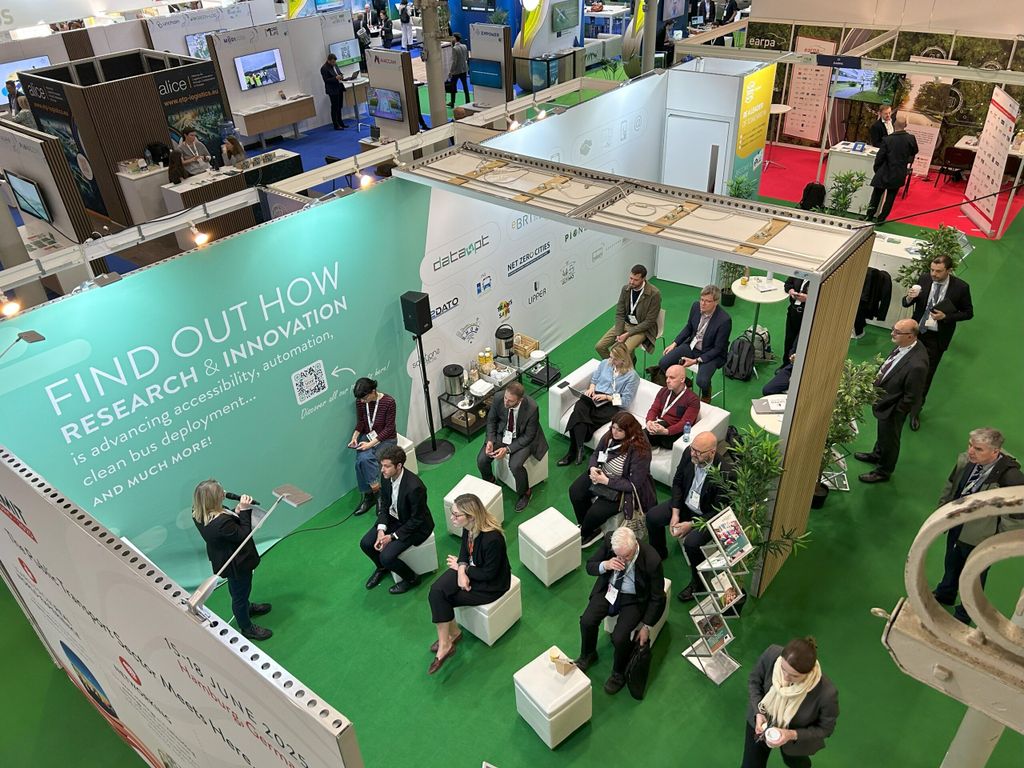
Inclusion for better transport. If not now, when?: Diogo Martins
The solutions are out there so where is the action?
What happens if you exclude 15% of the world’s population?
According to World Health Organisation, there are over one billion persons with disability in our small world. The largest minority is also the one which faces the most challenging difficulties every single day: poverty and exclusion. Unfortunately, disabled women face as much as double the discrimination, and can even experience more if they identify as racialised or LGBTQ+.
But, why do we still exclude people based on disability? There are many answers and no clear path to explain what the issue is. It depends on many factors that can change according to culture, religion, economics and others. But I am sure that our internal prejudice and biased behaviour is a fundamental element for exclusion.
The TRIPS project has shown us that is it possible to co-create more robust solutions for public transport and urban environments when working directly with people with disability…
For decades, the pressure from the people with disability community has forced the development of standards for public transport and urban environments. Without us, no such standards would have become reality and even applied on a wider-scale!
Most of the best solutions out there, such as step-free trains and tactile paving came from working with people with disability, instead of guessing our needs. London’s Elizabeth Line (Crossrail or Purple Line) was not going to be accessible at first . It was the pressure from people with disability that provided the key to change the project’s vision to be fully accessible. This is an interesting case as you can see how the standardised infrastructure and trains, both designed to interact perfectly together, respond to different needs and the benefits it brings.
These standards have changed the way the sector works on accessibility and started to create jobs related to this. However, many of these employment opportunities are not held by people with disability, which is another sign of exclusion. Instead, we are used for feedback purposes, and often this is viewed as voluntary, to be conducted in our free time…
The TRIPS project was an opportunity to co-create a methodology for improving Lisbon’s transport with transport entities from the very beginning. We were seen as equal and, what’s more, we proved that it works!
“Most of the best solutions out there, such as step-free trains and tactile paving came from working with people with disability, instead of guessing our needs.”
Is the public transport sector meeting the needs of citizens with disability?
We are not there yet. There are many issues to work on, such as the requirement to book assistance to board trains 48 hours in advance. Sometimes, you even have to do this on your local underground network.
Buses which are built without considering people with disabilities’ needs end up following standards and rules which are outdated. Streets designed with cars as the main focus instead of the people who will use it. Micromobility which is being rolled-out but not fully considering the need for parking space and other requirements that impact directly disabled people. The list goes on… but this should not stop us from working on accessibility. Rather, quite the opposite.
Strasbourg in France, has demonstrated it is possible to work on accessibility as a technical requirement, and not ad-hoc fixes (ad-hoc fixes never work well!). Based on the Mayor’s personal contact with people with disability, the tram network was developed to be fully accessible from the beginning. Today, it’s still one of the best examples and a standard for what is a modern tram network. Accessibility was not perfect at first, but it improved over time.
Strasbourg tram step-free access, filmed by Diogo Martins

If you think this is something new, it is not. Strasbourg’s tram network dates from the early 90’s and was the very first 100% low-floor tram network in the world. If Strasbourg worked this out, your city can do this as well .
Progress is being made on trains too, with more and more step-free access trains. Alstom’s TGV-M will be the first high speed train to have step-free access , which is one of the biggest improvements on this type of train since they have existed.
Onboard information has improved as well in recent years, and brought with it clearer and more understandable information, and also audible announcements. Fares have been simplified and made more affordable for many people.
Even though we have progressed over the last two decades, there are issues still to solve. From now on, our work should heavily include people with disability in decision making, in our workplaces, in our planning, in our lives as part of society. This is still one of the biggest barriers to actually change things over time with regards to high quality public transport.
Engagement is key to learn about people’s needs and requirements to solve inequalities…
…but working with people with disability as part of our teams is fundamental to challenge our perceptions and prejudice.
At first, you will feel uncomfortable, but this will fade away as you learn about different needs and different solutions for real world problems.
Automatisation and digitalisation of public transport networks will require people with disability, as well as many other groups that are currently being excluded from the development of such services. Without analysing all the needs of different people, we will continue to exclude and the issues we are worried about right now will chase us for decades to come.
We can start working on changing things before they become real. The time is now! Let’s work, together!
Who is Diogo Martins?
Being a person with disability for his entire life, Diogo Martins has made it a personal and professional mission to make public transport accessible for everyone. He is an expert on accessibility and public transport.
Currently working as a Local User Lead for City Able in Lisbon, Portugal, as part of the Horizon 2020 EU-funded TRIPS project, Diogo has been managing the project by addressing and pre-empting discrimination of citizens who are disabled by the environment.
Diogo and his team have also been working closely with the transport operator, CARRIS, and other Lisbon transport entities to develop a co-creation methodology to improve transport services for all.
Through his YouTube channel, Diogo also films his personal experiences using various public transport networks. From filming strasbourg’s tramway step-free access to testing the new accessible lifts in Lisbon’s metro, and even experiecing descending a ramp from a busy metro in Brussels. Diogo’s videos really show the reality of travelling in a wheelchair and the importance of accessible design for everyday mobility.

